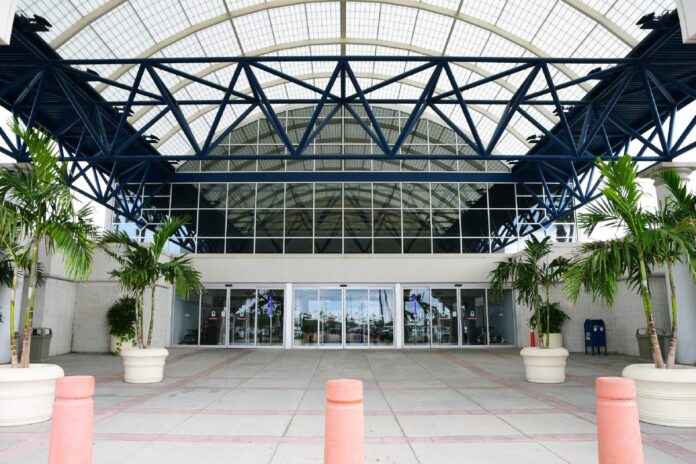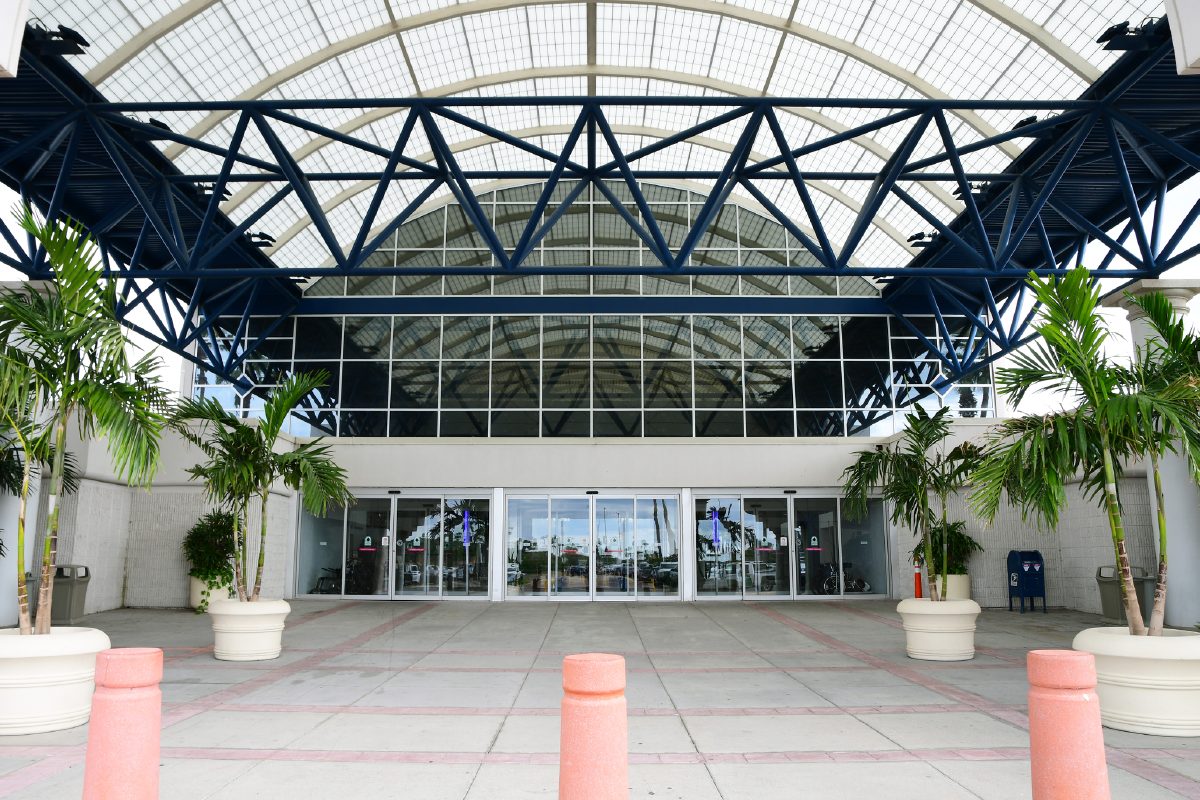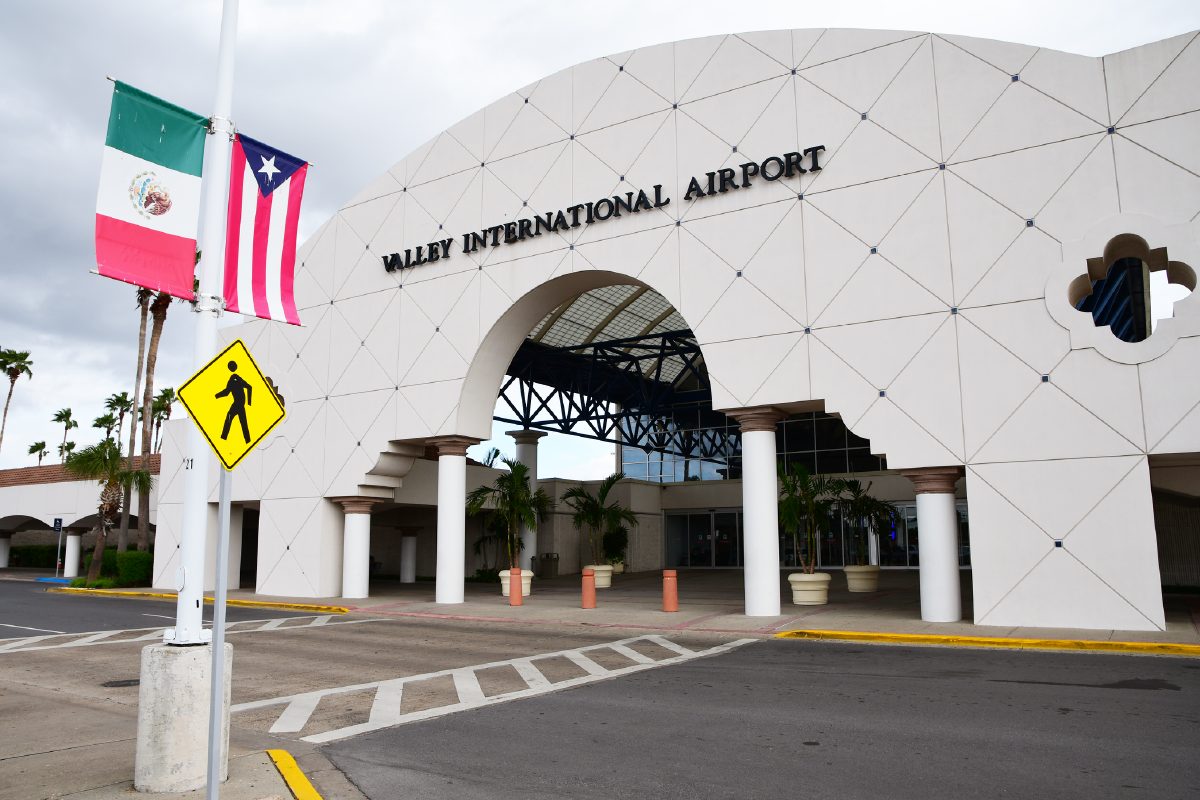HARLINGEN — Legislation in Congress is seeking to raise the price of airline tickets by lifting a ceiling on what is called the passenger facility charge, now capped at $4.50 per ticket per leg of a flight.
The fees are useful to airports as quickly accessible funds for improvements, including an airport’s share of matching funds often required to receive Federal Aviation Administration grants for resurfacing runways and other major, multi-million-dollar projects.
A bill filed by Rep. Thomas Massie (R-Ky.) would nearly double the amount airports can charge for the PFC to $8.50, although there has been talk during the debate to eliminate the cap altogether, allowing airports to charge what the passenger traffic will bear.
“We’ve heard a lot of stories about dilapidated airports, the government releasing an additional billion dollars in funding to airports to help with infrastructure, and things like that,” said Marv Esterly, director of aviation at Valley International Airport. “But the airports themselves believe as a whole that increasing the passenger facility charge is a way for them to fund those projects, and they’re 100-percent correct.
“We use passenger facility charges here and most airports do, well over 95 percent of the airports use passenger facility charges in some fashion,” he added. “We all know its simple economics, too, that it doesn’t matter if the airports are raising the price of tickets, or the airline is raising the price of tickets. You raise the price, and some people can’t afford to fly at that point.”
Debate split
Opposition to the legislation introduced by Massie in July has been robust on Capitol Hill, with groups such as the National Taxpayers Union and Americans for Tax Reform saying America’s airports are doing just fine as it is, showing a revenue increase of 52 percent since 2000, according to Americans for Tax Reform President Grover Norquist.
“Given this period of prosperity, it is puzzling that airports are now pleading poverty and asking passengers to pay more,” Norquist wrote in a letter to Congress.
Raising or eliminating the cap on PFCs has the support of many large airports, where understandably infrastructure projects are more expansive and expensive. The extra money hub airports like Dallas or Houston would gain would far outstrip any reduction in the number of passengers transiting through those airports due to ticket affordability.
Most airlines, however, are leery about adding more costs to their tickets.
Yet other aviation organizations argue increasing available PFC funds for airports — they haven’t been raised in 20 years — means those paying for the infrastructure improvements are the people doing the flying, not the entire base of U.S. taxpayers.
“By modernizing the passenger facility charge, we can simultaneously improve Valley International Airport’s infrastructure while also sparing taxpayers from footing the bill,” said Scott Elmore, vice-president of communications and marketing at Airports Council International-North America. “The airport has experienced significant growth in recent years, and an updated PFC would go a long way towards improving the airport experience for travelers, increasing airline competition, and lowering airfares.”
Ticket costs add up
On round-trip bookings with layovers, the PFC can add as much as $18 to each passenger’s ticket. That’s in addition to other taxes like the 7.5 percent federal excise tax on air travel, a $4 flight segment tax and a security fee.
In the fiscal year which ended Sept. 30, Esterly’s Valley International Airport posted a 12.6 percent increase in enplanements, or passengers flying out of the facility.
He is against raising the PFC cap and his argument is doing so threatens to price out budget-conscious passengers in smaller markets like the Rio Grande Valley.
“Especially what I’m worried about in our market is we’ve seen a huge increase in traffic when Frontier came in as an ultra low-cost carrier with low prices,” he said. “We’ve seen people that never were able to fly before that fly now and it increased our passenger traffic.
“The same thing applies for the other carriers. ‘Hey I’ve got a family of four or five and want to go to South Padre Island,’ and they’re going to fly in and not only that passenger facility charge is going to be for one passenger but for all of them. They could see a huge increase in the ticket price and maybe they teeter, and they say, ‘Hey it’s too expensive. Let’s drive or let’s not go,’ and that would affect us negatively as well.”
Esterly also serves on the board of the Texas Commercial Airports Association, where there has been debate on the issue, both for and against.
Over the past six years, Valley International embarked on a $12 million modernization, paid for by a mix of funds, such as the federal Airport Improvement Program, grant money, local funds and the passenger facility charge.
“I understand the position of my colleagues across the nation, and they all have different needs, but I’ve yet to see here a larger airport, a hub airport, that would say, ‘Hey if we don’t get the passenger facility charge increased, these improvements are not going to be made.’ They’ll all say we’re going to continue and we’re going to find ways of funding it.”
MORE INFO
What is a passenger facility charge?
The Passenger Facility Charge (PFC) Program allows the collection of fees up to $4.50 for every eligible passenger at commercial airports controlled by public agencies. PFCs are capped at $4.50 per flight segment with a maximum of two PFCs charged on a one-way trip or four PFCs on a round trip, for a maximum of $18 total. At Valley International Airport, these fees have been used to pay matching funds for Federal Aviation Administration grants for airport upgrades.
Source: Federal Aviation Administration







